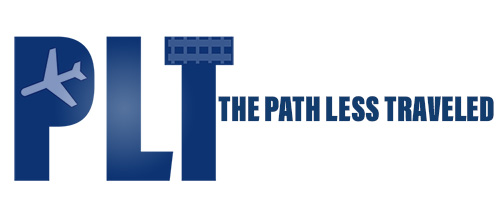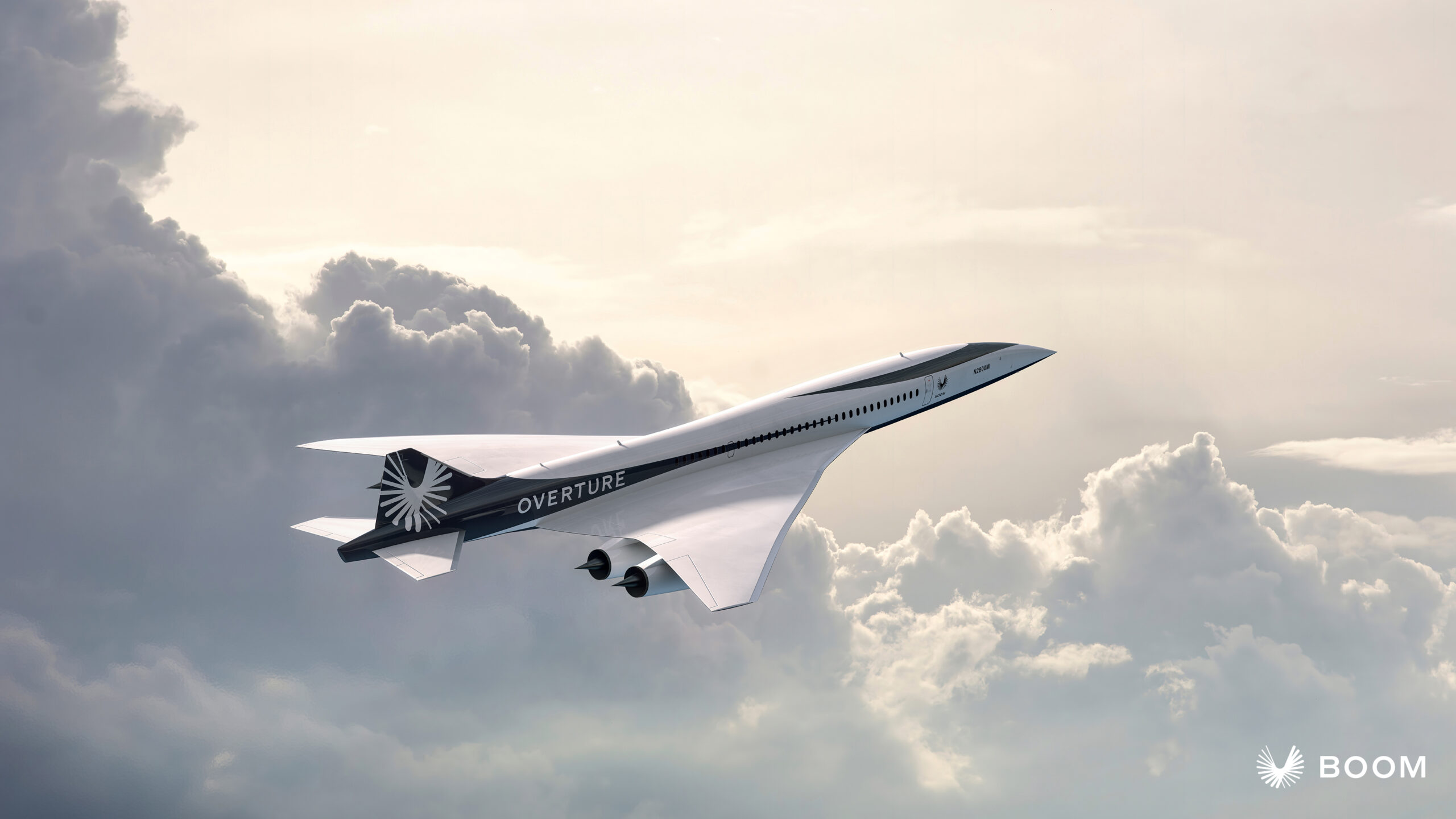At the Paris International Air Show Boom Supersonic has announced a massive project update and significant changes to their upcoming supersonic airliner, the Boom Overture. While the aircraft has been in development for a few years, there was an issue with selecting engine suppliers. Today, Boom Supersonic announced a new engine developed in house called Symphony. With partner FTT, Boom unveiled a 1/3 scale design model for the engine which will reach speeds past the sound barrier and run on sustainable aviation fuel. Systems configurations and suppliers were also announced.
Systems Configuration
Boom Supersonic has shared an in-depth look at the Overture including the avionics, hydraulic and fuel systems. The fuel system for the Overture will be capable of using 100% sustainable aviation fuel SAF. Hydraulic systems will power all essential flight controls. Flight control computers will receive input from active side stick controls in the cockpit. Boom emphasizes the focus on tipple redundancy in many systems. Schematics from Boom’s website even outlines the waste systems onboard.

Distinguished Suppliers
Aernnova, A a Spanish based aerospace supplier will develop and design the wing structure. Leonardo will handle the engineering for structural components including the fuselage. They will build two major fuselage sections of the aircraft. Aciturri has been announced as the supplier for the empennage including the horizontal stabilizer. Suppliers will play a key role in the aircrafts development.
A Collaboration With Northrop Grumman
Boom Overture will primary fly for passenger operators. American Airlines, Japan Air Lines and United have all announced orders. Overture has sought the attention of the defense industry who foresee the Overture as a military application. In a press statement, Boom announced it will partner with Northrop Grumman and NASA on a “High-Speed Endo-atmospheric Commercial Vehicle Conceptual Design Study and Technology Roadmaps Development project.” Northrop Grumman has begun work with Boom on a special mission variant for Department of Defense applications. In the next few years, production of the first test aircraft is expected to begin with an estimated roll out in 2026.


